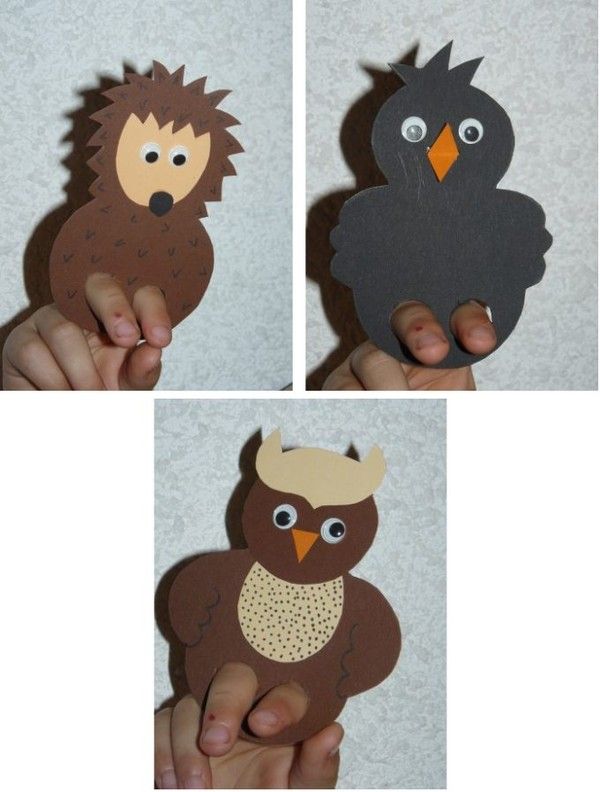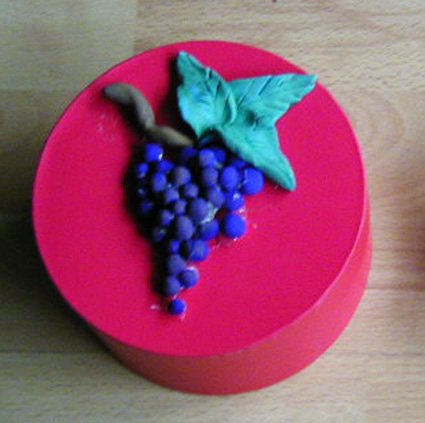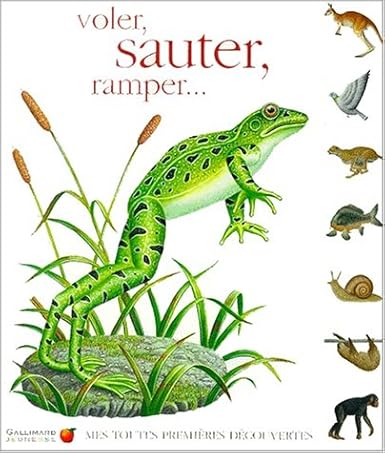As you may already know we have a network of 110 schools, all loosely working aournd a shared SOW or atleast able to dip in and use resources as they fit best with the individual school curriculum and language learners.
Membership of Janet Lloyd Network (full or local)
Below is an example of how working as part of team and a network plus sharing information that we learn from others is benefitting our young language learners!
In Year 4 we introduce our learners to the extra terrestrial family - our aliens .Everyone loves the aliens and most of our network members will introduce and use the resources with their classes at sometime in their teaching and learning!
It is very miuch a case of team work between four primary language teaching practitioners!
Ana Garcia draws the family,I create the simple stories and activities around the family and then Emilie ,Barbara and Ana provide the accurate French,Spanish and German language and authenticity!
Thanks to Little Red Languages Company we are now creating several animated stories in French and Spanish to share with our network members and the schools participating in the DFE Language Learning for Everyone programme too.
This project though is very much Janet Wallbank's (one of our associate language teachers and the class teacher and children from Parish CE in St Helens!
- I visited the school to observe Janet W.She was introducing the alien family.
- I happened to explain to the children that the grandma and grandad alien had been created by Barrowhall CP School in Warrington ,the year before! They were fascinated by the fact the children at Barrowhall had added to the story ppt and began to suggest their own additional characters.
- Janet W and the class teacher decided it would be a good idea to ask the children to create their own drawings of new family members,The class selected an uncle, an aunt and the pets: an alien dog and an alien cat !
- As the family alien focus in Spring 1 leads to describing the physical features of monsters and aliens in Spring 2, describing the new characters fitted in really well too!
- First of all though the characters drawings had to be judged and who better to judge the characters than the artist and the alien stories' author (Ana and myself!)
- Here is the winning picture of the Aunt alien....
- .....and here is the winning picture of the Uncle alien
- With a "special congratulations letter" from the author and the artist, the winners were revealed to the class and all the class received mini easter eggs for their efforts!
- Janet W and the class had real purpose to learning -how to make physical descriptions of people because the children needed to be able to do this to complete own JLN story ppt - about their characters! They added names too.Below is "Asteroide " the dog.
- Last week Janet W shared the finished ppt with us and then thanks to a tweet by @valleseco Janet W was inspired to create a Youpublisher PDF Flipbook of the story! Hey presto ! We have magic! We have a page turning book ...... and now we can share the book with our other network member schools and hopefully inspire them too!















.JPG)









